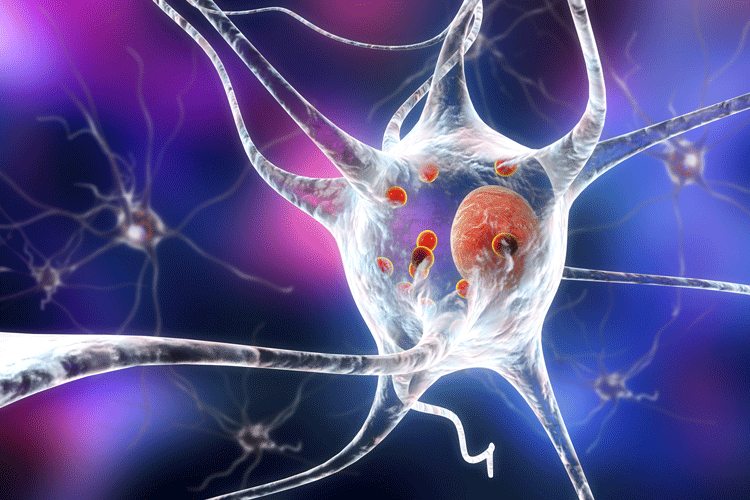Novel alpha-synuclein structures could be the target for future Parkinson’s therapies
Posted: 24 August 2020 | Hannah Balfour (Drug Target Review) | No comments yet
Researchers observed new structures of alpha-synuclein aggregates in their study exploring how the presence of cell membrane phospholipids impacts protein aggregation.


Scientists have discovered that the protein implicated in Parkinson’s Disease, alpha-synuclein (αS), can form a variety of structures when in the presence of phospholipids. It is hoped that further analysis of these never-before-seen structures will provide a new avenue for treating the disease, which Parkinson’s UK estimates around 145,000 people in the UK are currently living with.
Parkinson’s is caused by the misfolding of a specific protein, known as αS. αS is abundant in all human brains as it has important roles in neurotransmission and cell signalling. However, after misfolding it accumulates in large masses, known as Lewy bodies, which consist of slender αS fibres that are toxic to dopamine-producing brain cells. These fibres cause dopaminergic neurons to die and the resultant drop in dopamine signalling and degeneration of these neural networks cause the symptoms of Parkinson’s Disease.
There has been a huge volume of research into the structure of αS and the role it plays in Parkinson’s; however, the majority of studies have taken place in in vitro, where the protein is purified from bacteria and studied in isolation. According to the authors of the new study, research of this kind often overlooks the fact that in vivo αS fibres form in the presence of phospholipids – large fatty substances that make up cell membranes and play an essential role in the structure and metabolism of living cells.
In the new study, published in Nature Partner Journal – Parkinson’s disease, Professor Jody Mason and his team from the Department of Biology & Biochemistry at the University of Bath, UK, examined how αS misfolds in the presence of phospholipids. They discovered a series of misfolded protein structures that have never been observed before. These αS fibres were larger than any previously reported and took on a variety of shapes: some formed flat ribbons, others appeared as long, wave-like helices, while others still were more compact and bulkier.
The researchers hope their discovery will mark the start of a new era in Parkinson’s research, now they have laid the foundation for detailed analysis of misfolded αS fibres. They commented that once the structure of these fibres is better understood, scientists will be able to investigate which versions are disease-causing and which are not. From there, they will be able to test drugs against pathogenic forms. This, they said, will constitute a major step forward in finding a cure for Parkinson’s and other neurological conditions.
“We know that these misfolded proteins are heavily implicated in Parkinson’s disease,” said Professor Mason. “What’s more, alpha-synuclein is known to be important in neurotransmission and cell signalling. Given its interaction with brain cell membranes, the discovery of these structures in the presence of phospholipids may have far-reaching implications in our quest to find a disease-causing form of the protein.”
Dr Beckie Port, research manager at Parkinson’s UK, commented: “Alpha-synuclein is known to form different structures and researchers have become increasingly interested in which forms of the protein may be toxic and linked to the spread and loss of brain cells in Parkinson’s – this is essential in order to develop treatments that target the right form of the protein.
“By advancing our understanding of the different structures of the protein that are likely to be present inside brain cells, this University of Bath study helps pave the way for developing treatments that may one day stop the progression of Parkinson’s.”
Related topics
Cell culture, Cell-based assays, Disease research, Drug Targets, In Vitro, In Vivo, Neurosciences, Protein, Proteomics, Structural biology
Related conditions
neurodegeneration, Parkinson's disease (PD)
Related organisations
University of Bath
Related people
Dr Beckie Port, Professor Jody Mason


